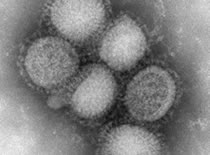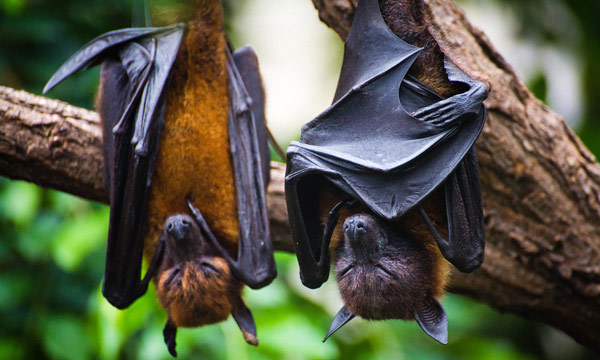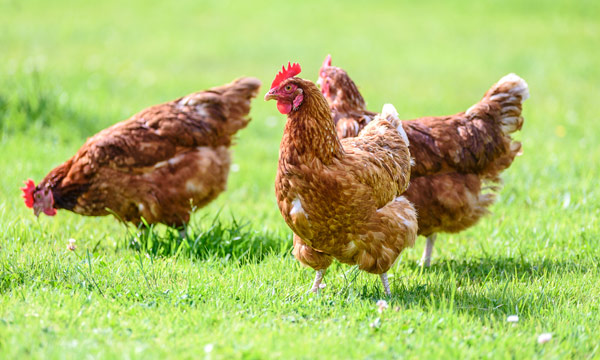Influenza in Animals
CDC has compiled two tables that showing the different hemagglutinin and neuraminidase subtypes and the species in which they have been detected.
Influenza A viruses are found in many different animals, including ducks, chickens, pigs, whales, horses, seals and cats.
Influenza B viruses circulate widely only among humans.
Influenza A viruses are divided into subtypes based on two proteins on the surface of the virus: the hemagglutinin (H) and the neuraminidase (N). There are 18 different hemagglutinin subtypes and 11 different neuraminidase subtypes. All known subtypes of influenza A viruses have been found among birds, except subtype H17N10 and H18N11 which have only been found in bats.
While it is unusual for people to get influenza infections directly from animals, sporadic human infections and outbreaks caused by certain avian influenza A viruses have been reported.

Influenza viruses that normally circulate in pigs are called “variant” viruses when they are found in people.

An influenza pandemic can occur when a non-human (novel) influenza virus gains the ability for efficient and sustained human-to-human transmission and then spreads globally.

Actions, apart from getting vaccinated and taking medicine, that people and communities can take to help slow the spread of illnesses like pandemic influenza (flu).

Archived content developed during the 2009-2010 H1N1 pandemic. The content on this webpage is available for historic and reference purposes only.

CDC works with state and local health departments to investigate human outbreaks with novel flu viruses and animal outbreaks caused by unusual or concerning flu viruses.
- Weekly U.S. Influenza Surveillance Report Friday, January 15, 2021
- Weekly National Flu Vaccination Dashboard Wednesday, December 9, 2020
- National Influenza Vaccination Week Kickoff Friday, December 4, 2020
- Resource Guide on How to Respond to Problems with Purchasing Needles for Influenza and Other Routine Vaccinations Friday, November 20, 2020
- Ad Council 2020-2021 No Time for Flu Campaign Friday, November 6, 2020





